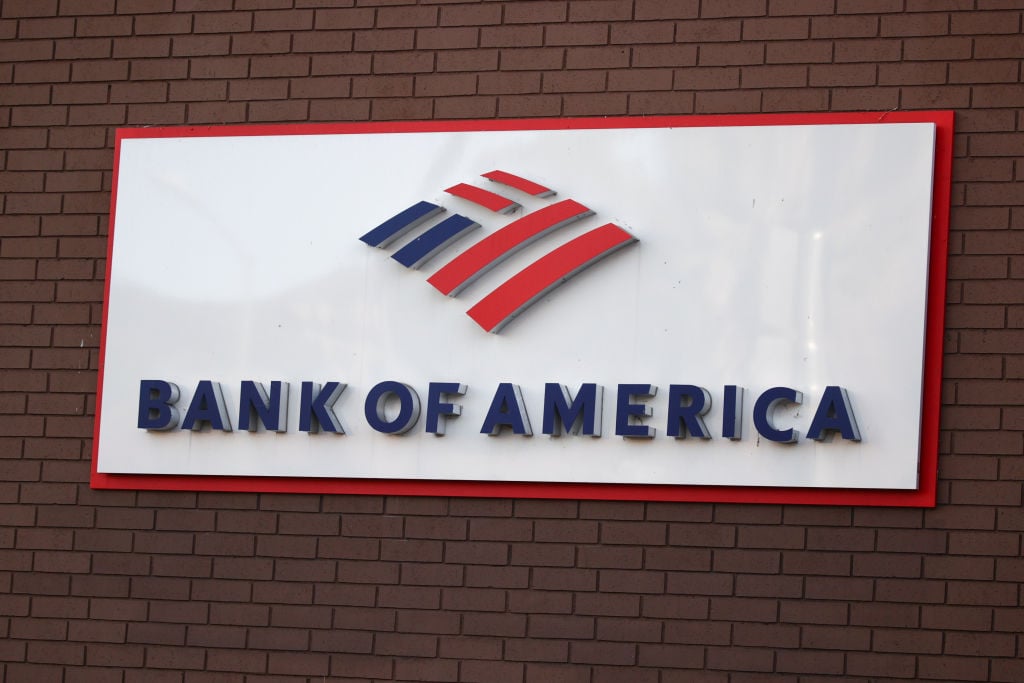As Yogi Berra is famous for saying, "it's like deja vu all over again."
Bank stocks exploded this morning on news a government-run plan may soon purchase some of banks' worst assets. Sound familiar? Haven't we been here before? Mm-hmm. This is essentially a trip back to bailout plan A, announced back in September.
Unlike previous iterations, the new program could buy toxic assets directly from banks, rather then simply injecting capital and hoping for the best. The program would be run by the FDIC, which is almost exclusively in the business of dealing with failed banks and has expressed the need for a bottom-up approach that helps homeowners rather than just banks.
Will it work? I think it's a step in the right direction, but it certainly has a few shortcomings.
For one, let's remember why the original plan to purchase assets was scrapped in the first place: It's nearly impossible to price these assets appropriately in a way that relieves banks without burning taxpayers. Pay too much, and taxpayers are left holding the bag. Pay too little, and banks have to raise more capital to cover losses. Someone will be left drawing the short straw. Since this is a plan aimed at first and foremost helping banks, that someone will probably be you, the taxpayer.
Another problem is whether buying assets will be enough to keep the banking system solvent without heading toward nationalization. After Bank of America (NYSE:BAC) and Citigroup (NYSE:C) came back begging for more help just months after the first bailout, it's fairly obvious that the breadth of the crisis is considerably larger than it was back in September.
The government still has roughly half of the $700 billion in TARP money left at its disposal, but the amount needed to alleviate banks in aggregate is likely many, many times that amount. Bloomberg reports the new facility may run the program in excess of $1 trillion -- others think that's ridiculously conservative. Where would the money come from? The government-run "bad bank" could conceivably purchase well over the remaining TARP funds by leveraging up with government debt, albeit at the expense of putting taxpayers at greater risk.
At any rate, we want to get your take on the situation. Do you think this new plan will do any good at getting the economy back on its feet? Take a second to weigh in via the Fool poll below, and share your thoughts and concerns in the comment section if you feel so inclined.




